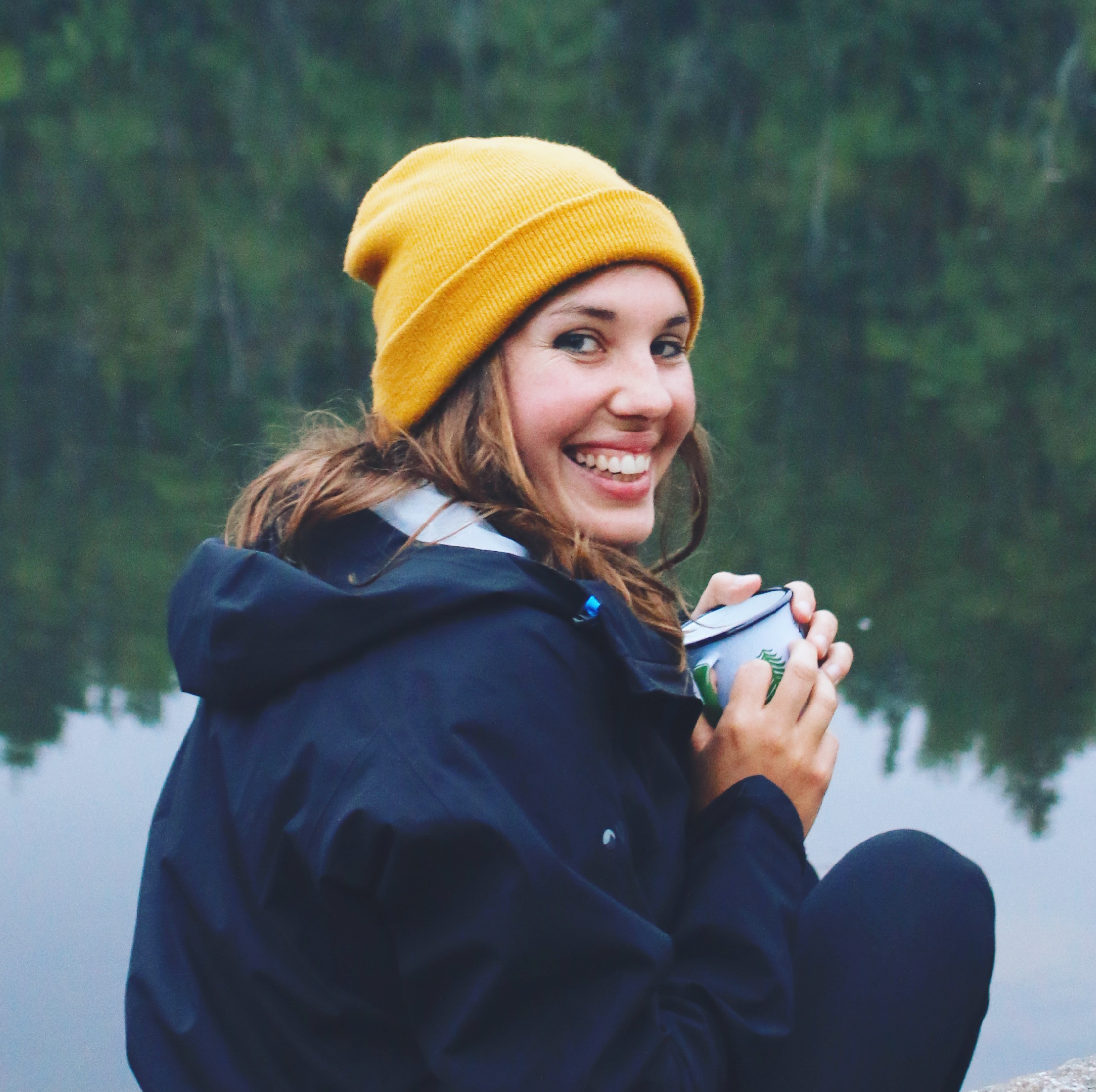1. Swan-upping dates from the 12th century, when the crown first claimed ownership of the country’s unmarked mute swans. Other permitted groups could signal that part of the swan population belonged to them by cutting intricate marks into their upper beak.
2. Today only three bodies have retained the right to own swans – the Ilchester family, the Vitners (wine merchants) and the Dyers (cloth dyers).
3. Swans may have been considered regal due to their elegant demeanour, but they were mainly such a covetable possesion because they were a delicacy enjoyed at feasts and banquets.
4. The Queen can still claim rights to all mute swans but only exercises control on those living in some parts of the Thames – 79 miles between Sunbury and Abingdon, where the annual upping takes place. The royals don't snack on swan anymore, though.
5. When cygnets are sighted, the rowers shout ‘all up!’, hence the name of proceedings.
6. The rowers also stand when passing Windsor Castle and hail the queen as "Her Majesty The Queen, Seigneur of the Swans". She's not normally there to receive them, but it's nice of them all the same.
7. As recently as a decade ago, killing a swan was an act of treason that could technically be punishable by death or imprisonment. It's still a criminal offence.
8. The upping was cancelled in 2012, for the first time in 900 years, due to flooding.
9. There are 5,800-7,000 pairs of mute swans in the UK, and swans pairs mate for life. Awww. If a female swan dies whilst looking after their eggs, the male will take over and sit on them until they hatch. Swans also go through a grieving process similar to humans.
10. Get your swan monikers right – a male swan (usually bigger than the female) is a ‘cob’, a female is a ‘pen’, babies are ‘cygnets’. A group of babies is a ‘clutch’ and a group of adults is a ‘herd’.

